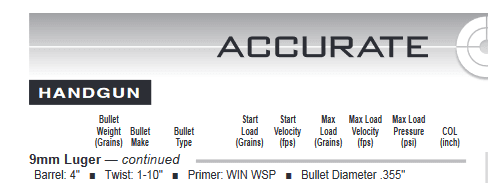So I shot the first thirty 9mm reloads I made up today and six of them stovepiped.
All went bang, seemed reasonably accurate, etc.
Is it more likely that a.) the charge is too light (I'm using 6.5gr Accurate # 7 w/ 115gr Berry's RN), b.) I need to crimp (I did not, but I do have a crimp die) c.) some combination of these or d.) something else?
My initial thought was that either the charge was too light, causing the slide not to fully cycle, and/or the lack of crimp delayed extraction causing it to get stuck.
All went bang, seemed reasonably accurate, etc.
Is it more likely that a.) the charge is too light (I'm using 6.5gr Accurate # 7 w/ 115gr Berry's RN), b.) I need to crimp (I did not, but I do have a crimp die) c.) some combination of these or d.) something else?
My initial thought was that either the charge was too light, causing the slide not to fully cycle, and/or the lack of crimp delayed extraction causing it to get stuck.

![Laugh [laugh] [laugh]](/xen/styles/default/xenforo/smilies.vb/012.gif)
![Laugh at above [laugh2] [laugh2]](/xen/styles/default/xenforo/smilies.vb/014.gif)


